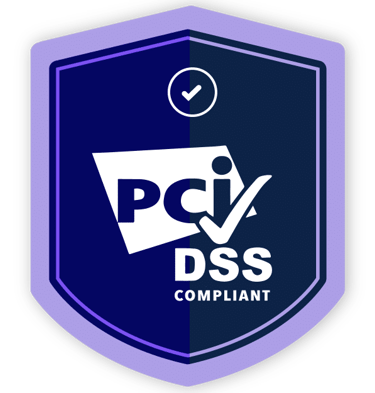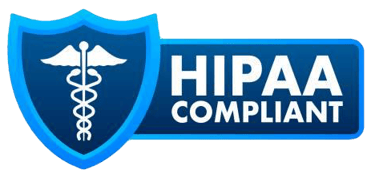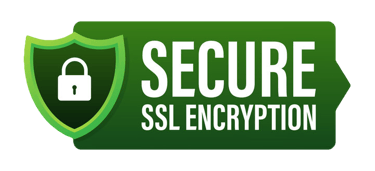What to Expect During a California Department of Public Health (CDPH) Survey
Learn what to expect during a CDPH survey for home health, hospice, or other healthcare facilities. HealthBridge helps you stay prepared and compliant.


Whether you're a home health agency, hospice, adult day health center, or other licensed healthcare facility in California, undergoing a California Department of Public Health (CDPH) survey is an essential part of maintaining compliance and your facility’s operational status. These surveys—also known as inspections or site visits—are conducted to ensure your organization meets state and federal regulations, including the Conditions of Participation (CoPs) and applicable Health and Safety Codes. Learn More
Here’s what to expect, what surveyors look for, and how HealthBridge Consulting can support your facility every step of the way.
Why CDPH Conducts Surveys
CDPH surveys are conducted to:
Evaluate patient safety and quality of care
Ensure compliance with licensing regulations and federal CoPs
Investigate complaints or reported incidents
Review performance prior to renewal, ownership changes, or Medicare certification. Learn More
Monitor compliance after corrective actions or enforcement
Surveys may be scheduled (e.g., for license renewals) or unannounced, particularly when complaints or quality concerns have been raised. Learn More
Types of Facilities Surveyed
CDPH conducts routine and special surveys for various licensed healthcare providers, including:
Home Health Agencies (HHAs)
Hospice Agencies
Skilled Nursing Facilities (SNFs) Learn More
Adult Day Health Centers (ADHCs) Learn More
Intermediate Care Facilities
Clinics and Rehabilitation Centers
What Happens During a CDPH Survey
Here is a general breakdown of what to expect during the survey process:
1. Entrance Conference
Surveyors will introduce themselves, explain the purpose of the visit, and outline the general scope of the survey. They may request access to specific staff, policies, patient records, and logs.
2. Documentation Review
Surveyors will review required administrative and clinical records, which may include:
Personnel files and credentials
Admission and discharge documentation
Plan of Care (POC) compliance
Medication administration records (MARs)
Incident and infection control logs
Policies and procedures manuals
3. Patient Record Audits
CDPH will select active and/or discharged patient charts to determine whether care is timely, appropriate, and properly documented. Learn More. This includes:
Initial assessments
Physician orders
Clinical visit notes
Coordination of care
Discharge summaries
4. Staff Interviews
Surveyors may interview key personnel, including:
Administrator and Director of Patient Care Services (DPCS)
Nurses and therapists
Intake coordinators
Infection control personnel
These interviews assess whether staff understand their roles and comply with regulatory standards.
5. Home Visit Observations (for HHAs and Hospice)
In some cases, CDPH may accompany a clinician on a home visit to observe care delivery, infection control practices, and patient interaction.
6. Environmental and Infection Control Checks
Surveyors may assess your facility’s cleanliness, storage of medical supplies, infection prevention protocols, and emergency preparedness. Learn More
7. Exit Conference
At the conclusion, surveyors will hold an exit meeting to summarize preliminary findings. If deficiencies are identified, a Statement of Deficiencies (Form 2567) will be issued within days. Learn More
Common Deficiencies Found
Surveyors most commonly cite issues related to:
Incomplete or inconsistent documentation
Late or missing assessments
Failure to follow physician orders or plans of care
Inadequate infection control measures
Insufficient emergency preparedness
Gaps in patient rights protections
Staffing and credentialing issues
Even minor errors can trigger deficiencies that require a Plan of Correction (POC) and possible re-survey.
How to Prepare for a CDPH Survey
Preparation is key to a successful survey. Recommended practices include:
Conducting internal chart audits regularly
Keeping policies and procedures updated
Training staff on CoPs and Title 22 requirements
Ensuring HR files and licenses are current
Practicing emergency drills
Working with a consultant for mock surveys or compliance reviews
HealthBridge Consulting Is Here to Help
At HealthBridge Consulting, we specialize in helping healthcare providers across California prepare for and succeed during CDPH surveys. We offer:
Mock surveys to simulate real inspections
Corrective action planning for previously cited deficiencies
Policy and documentation reviews
Staff training and compliance education
Survey response support, including drafting POCs and follow-up communications
Don’t wait until CDPH shows up at your door — proactive compliance is the best defense.
Need Help? Let’s Get You Survey-Ready
Whether you’re expecting a renewal survey or want to ensure you're prepared for an unannounced inspection, HealthBridge Consulting has the expertise to guide your team to success.
Contact us today for a consultation and take the stress out of survey preparation.







